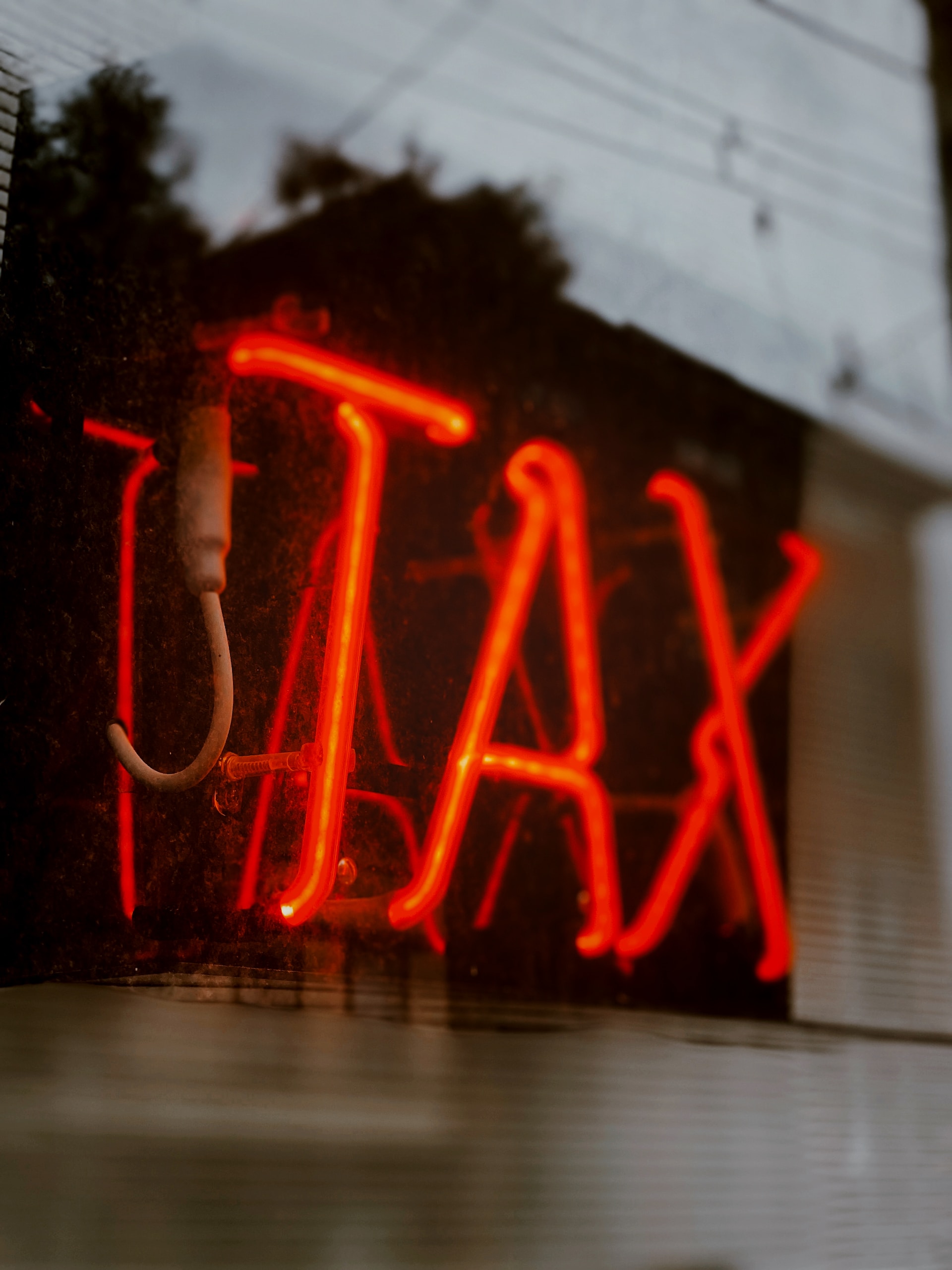- Pre-VAT period: Prior to the introduction of VAT, the UK had a tax system that included Purchase Tax and Selective Employment Tax. The Purchase Tax was a turnover tax imposed on specific luxury goods, while the Selective Employment Tax was levied on employers based on the number of employees they had. However, these taxes were not as comprehensive or efficient as VAT.
- 1973 – Introduction of VAT: On April 1, 1973, the UK replaced the existing tax system with the Value Added Tax. VAT was implemented in the UK primarily to align with the principles of the European Economic Community (EEC), which aimed to create a common market among member countries. The UK’s adoption of VAT was part of the broader movement to harmonize tax systems across the EEC.
- VAT principles: VAT is a consumption tax that is levied at each stage of the production and distribution chain, and it is ultimately borne by the final consumer. Unlike earlier turnover taxes, VAT is designed to be a more efficient and equitable tax system that helps reduce tax evasion and ensures a more transparent tax collection process.
- Initial VAT rate: When VAT was first introduced in the UK, the standard rate was set at 10%. This initial rate was relatively low compared to the rates seen in later years. Over time, the standard rate has fluctuated due to changes in economic conditions and government policy decisions.
- Reduced and zero-rated items: To protect certain essential goods and services from higher tax burdens, the UK introduced reduced and zero rates for specific items. Reduced rates are set at a lower percentage than the standard rate, while zero-rated items are subject to VAT at 0%. Examples of zero-rated items include most food, children’s clothing, books, newspapers, and some prescription medications.
- VAT registration threshold: The UK government set a VAT registration threshold to determine when businesses are required to register for VAT. Businesses whose taxable turnover exceeds this threshold are obligated to register for VAT, charge VAT on their sales, and submit VAT returns to HM Revenue & Customs (HMRC). The threshold is periodically reviewed and adjusted to account for inflation and economic changes.
- VAT compliance: VAT compliance places responsibilities on businesses to accurately charge, collect, and account for VAT. Businesses must maintain proper records, issue VAT invoices, and submit regular VAT returns to HMRC.
- Brexit and VAT: With the UK’s withdrawal from the European Union on January 31, 2020, and the end of the Brexit transition period on December 31, 2020, the UK regained full control over its tax policies, including VAT. However, the UK has largely retained its existing VAT system post-Brexit, including the VAT rates and rules.
- VAT changes post-Brexit: After Brexit, the UK government has the freedom to make changes to the VAT system, including potential adjustments to VAT rates, exemptions, and rules for trade with EU and non-EU countries. These changes may be influenced by the UK’s trade agreements and economic priorities.
Overall, VAT has become a significant source of revenue for the UK government, contributing to funding public services and government programs. The system’s flexibility allows the government to use VAT as an economic tool to control inflation, encourage specific sectors, or respond to changing economic conditions.

This page is not actively updated, some information may be out of date and should not be used for professional advice.
